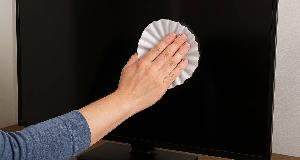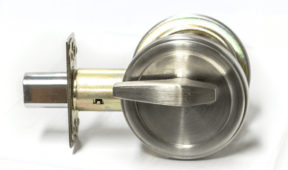Professionals Warn, Never Paint Over These 6 Types Of Furniture
Painting furniture can be a great way to refresh a space, but it isn’t always the right choice. Some pieces are better left untouched, whether it’s because of value, materials, or the finish itself. According to furniture experts, certain types of furniture can lose their quality, character, or even function when coated in paint. Here are the furniture pieces pros say you should never paint over.
1. Antiques
Antiques with their original finish often carry both historical and monetary value. Painting them can strip away decades of character and significantly reduce their worth. If you want to spruce up an old piece, refinishing or restoring is a much better option. Besides, little wear often adds charm, while plain paint can make the piece look flat or out of place. These are pieces that should be honored, not covered up.
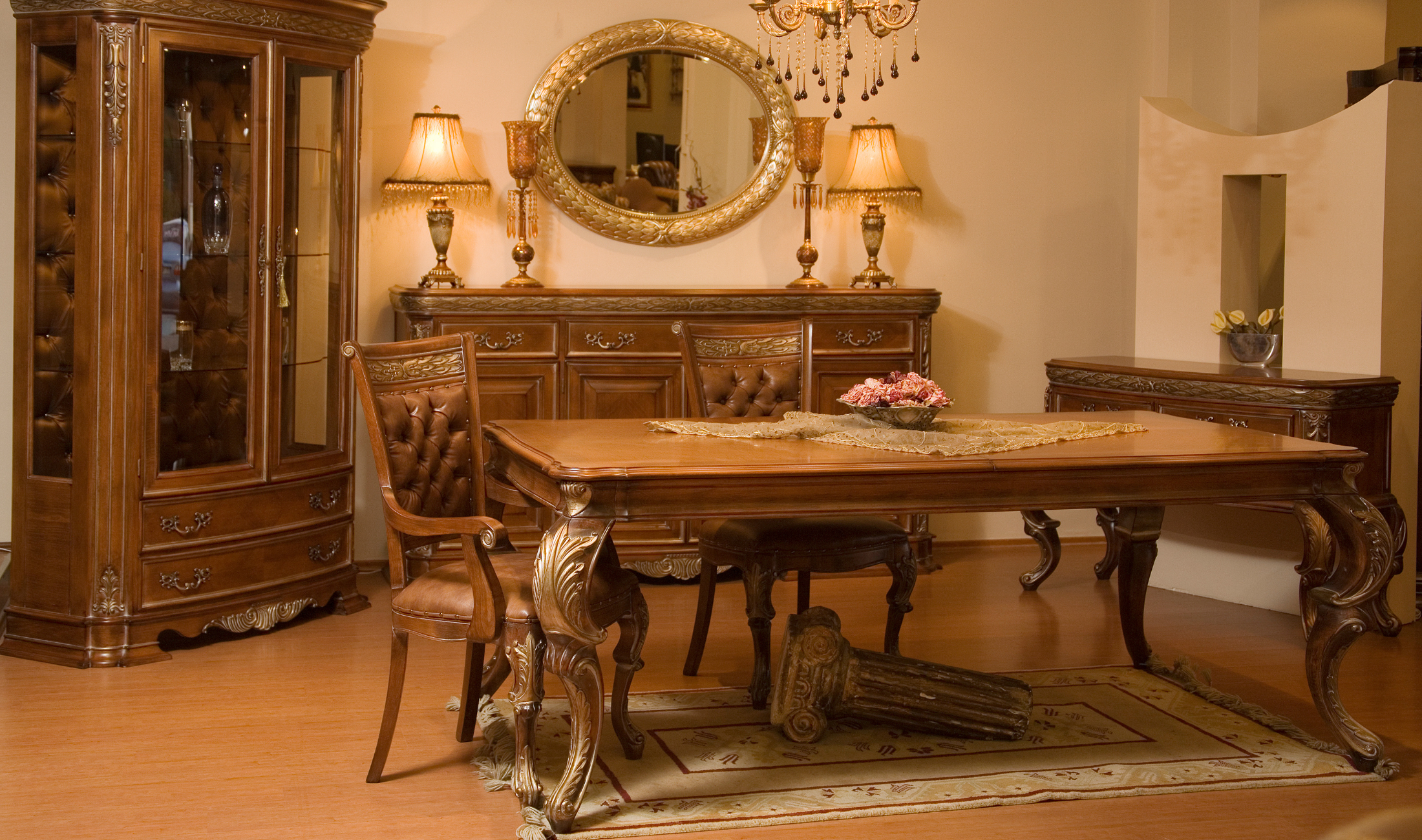
2. Solid Wood Furniture
Furniture made from hardwoods like oak, walnut, or cherry often has a rich, natural grain that’s worth showing off. Paint covers up these patterns completely, which is a huge loss, especially if the wood is in good shape. In these cases, sanding and staining might give you the update you’re after without covering what makes the piece special. Once it’s painted, that natural beauty is hard to get back.
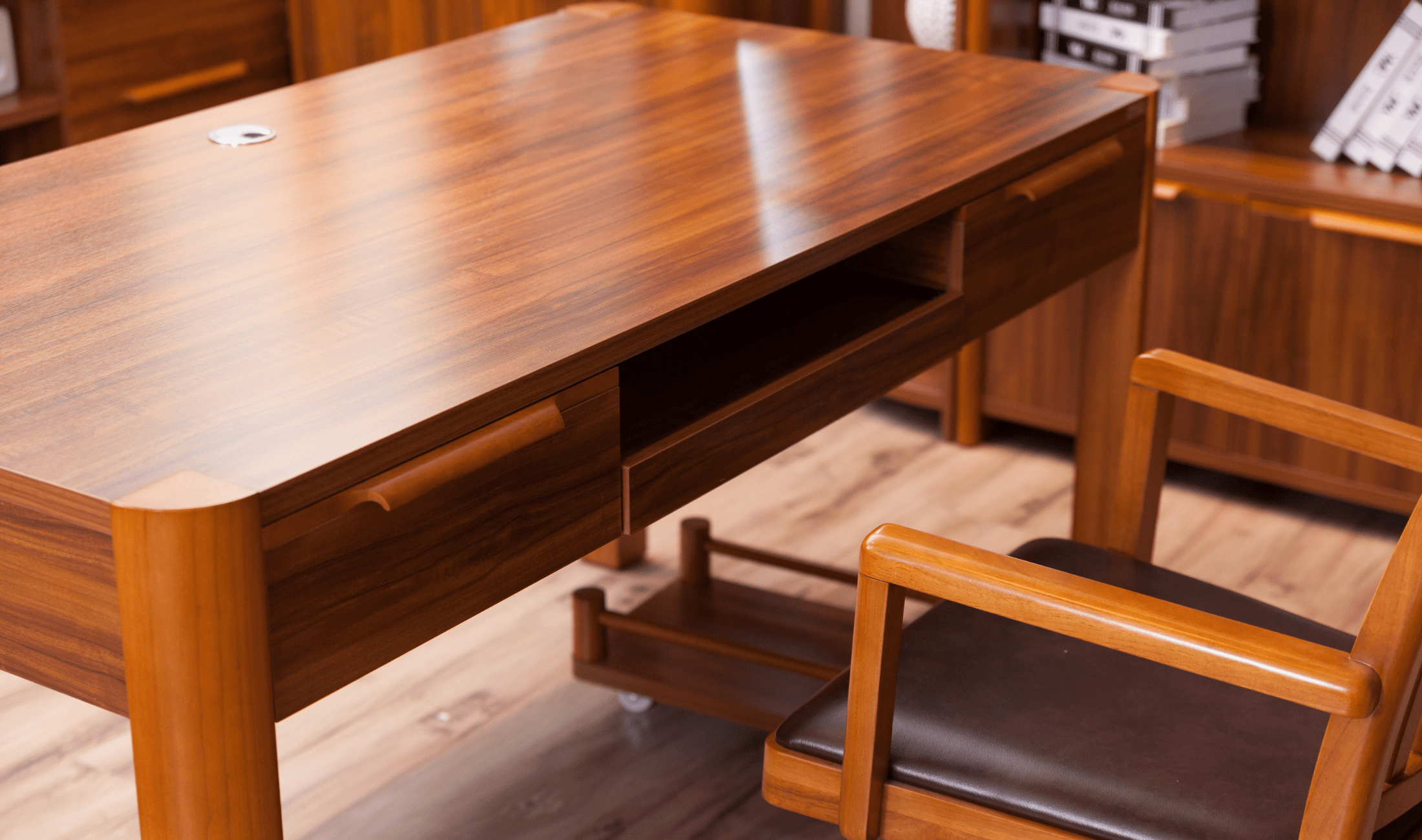
3. Mid-Century Modern Pieces
Furniture from the mid-century era is known for its clean lines and natural wood tones. Painting these pieces can not only clash with their design, but also lower their value, as MCM furniture is very sought after right now. These items are often made with veneers or specialty finishes that don’t take well to paint anyway. Any damage you might want to cover up is better fixed with care and the right touch-up rather than a full paint job.
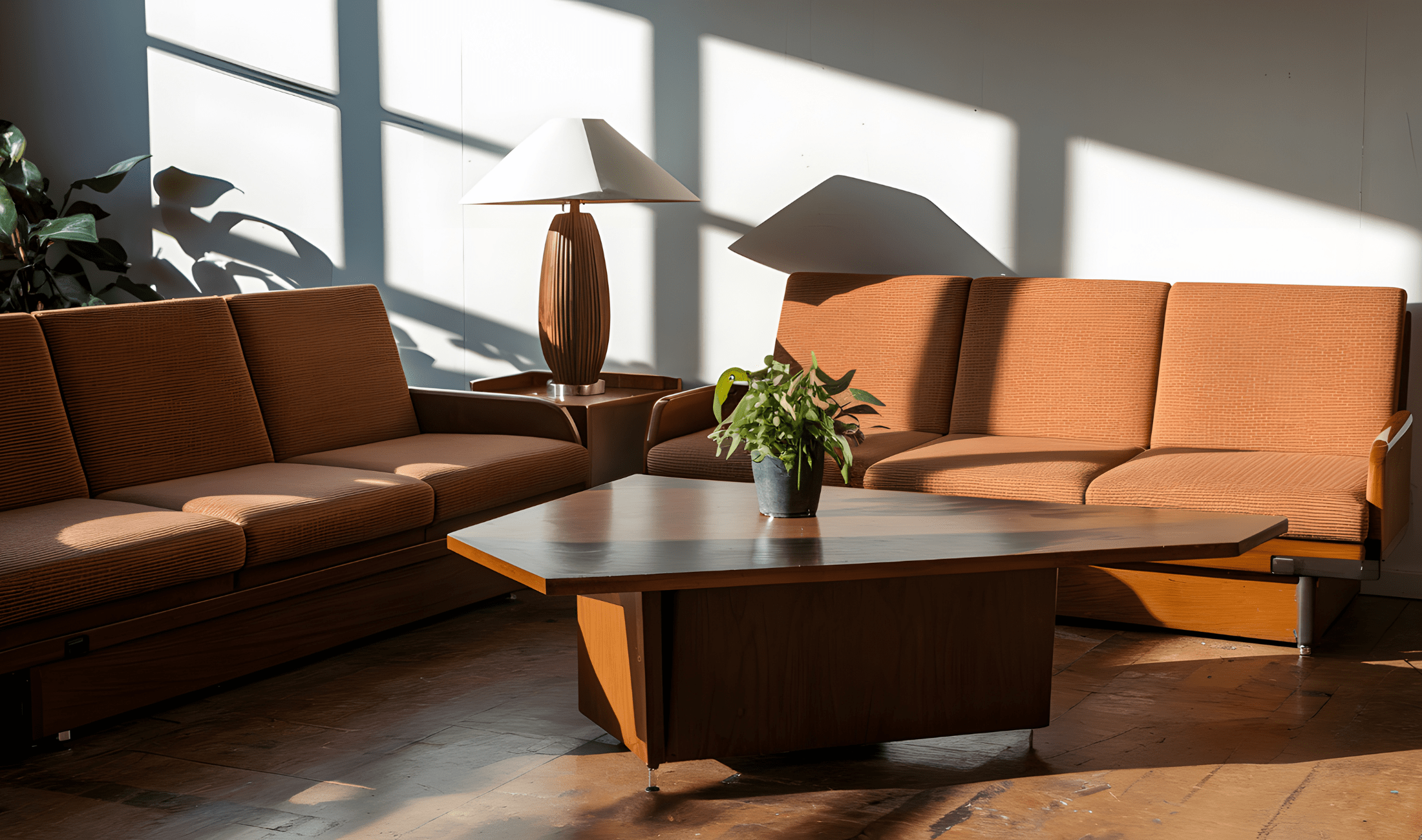
4. Family Heirlooms
Even if it’s not particularly valuable in the market, a family heirloom holds emotional weight, so painting over it can feel like erasing part of its story. If you’re unsure what to do with an older piece that’s been passed down, consider restoring or repurposing it gently. Sometimes a good clean and polish can make all the difference without changing its look entirely. Once painted, those original details are hard to recover.
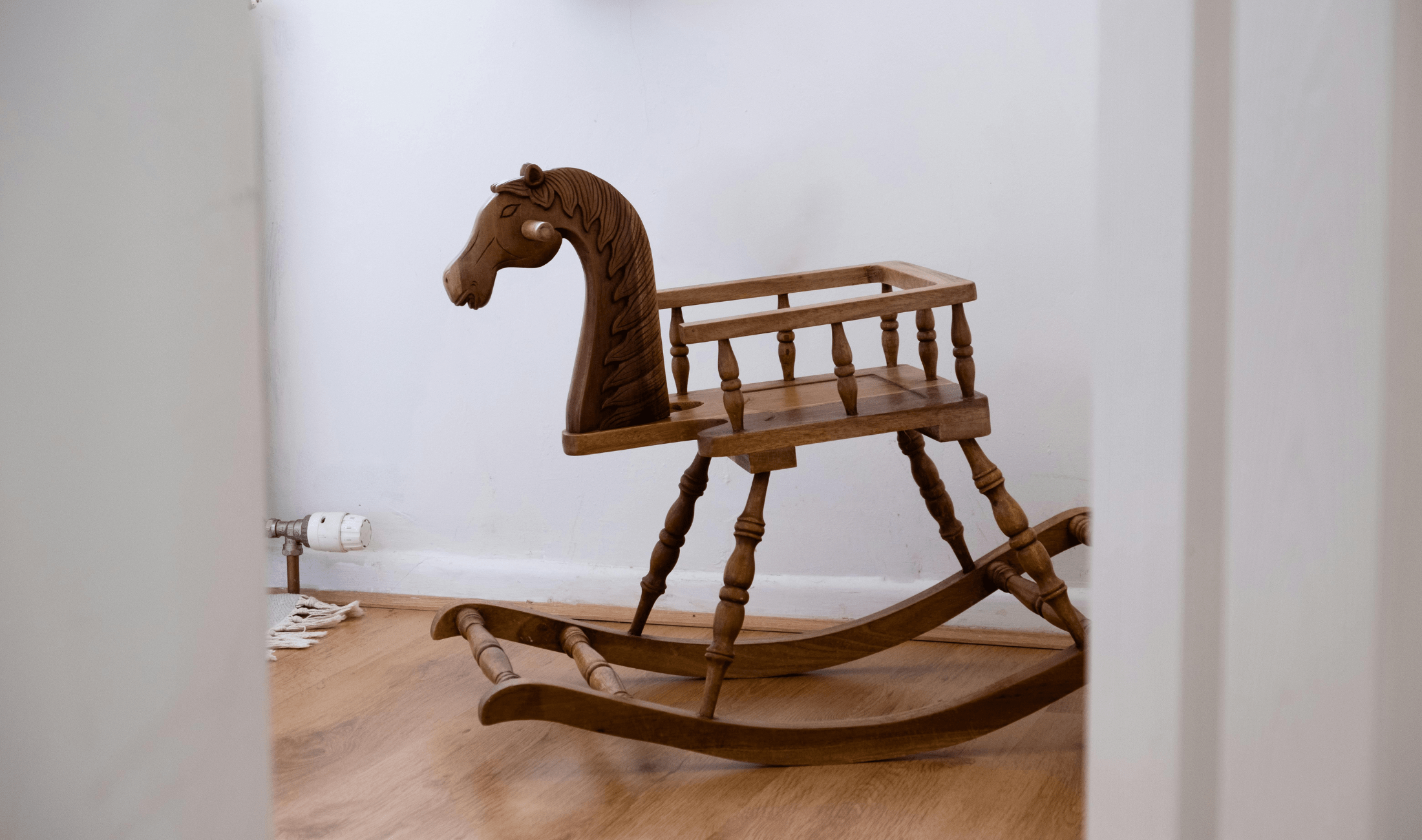
5. Pieces with Laminate or Veneer Surfaces
Furniture made with laminate or thin wood veneer may not take paint well. The surface often resists adhesion, leading to chipping or peeling over time. Even if the paint looks good at first, it likely won’t last. In some cases, the paint can even make the surface bubble or warp. If you want to change the look, explore peel-and-stick options or consider professional refinishing methods that protect the material underneath.
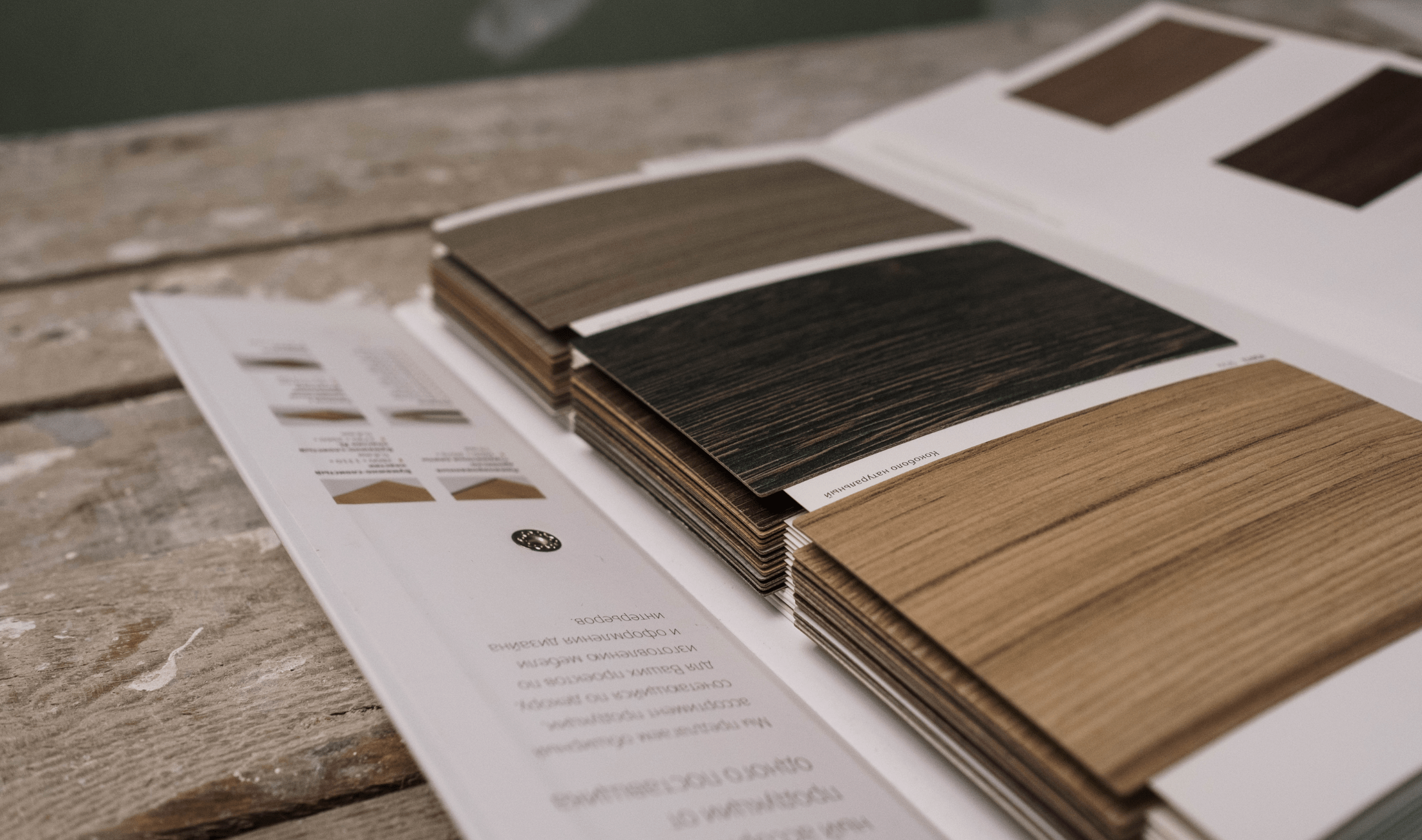
6. High-End Designer Furniture
Furniture from well-known designers or luxury brands usually gains value over time, but only if left in its original condition. Painting over it, even carefully, can make it lose both recognition and resale potential. These pieces are often built with high-end finishes that don’t need altering. If the look feels dated, try changing the setting around it instead. Cushions, accessories, or lighting can make a big impact without compromising the piece itself.

Related Articles
- Does Paint Expire? How Can You Tell?
- Tricks For Keeping Your Wood Furniture Looking Fantastic
- 25 Clever DIY Painting Hacks for Professional Results
Painting furniture can be a creative way to update your home, but it’s not the best solution for every item. In many cases, keeping a piece in its original condition can preserve its quality, history, and value. Before reaching for the paint, think about what the furniture is made of, where it came from, and what makes it special. A little research goes a long way, and sometimes the best makeover is the one you don’t do.



